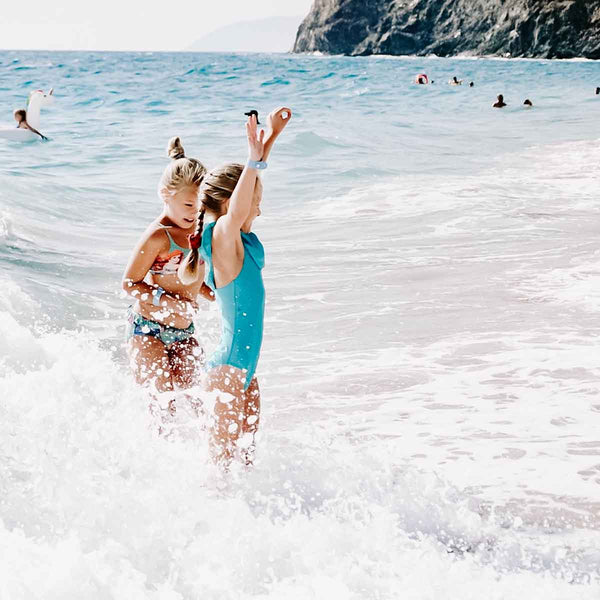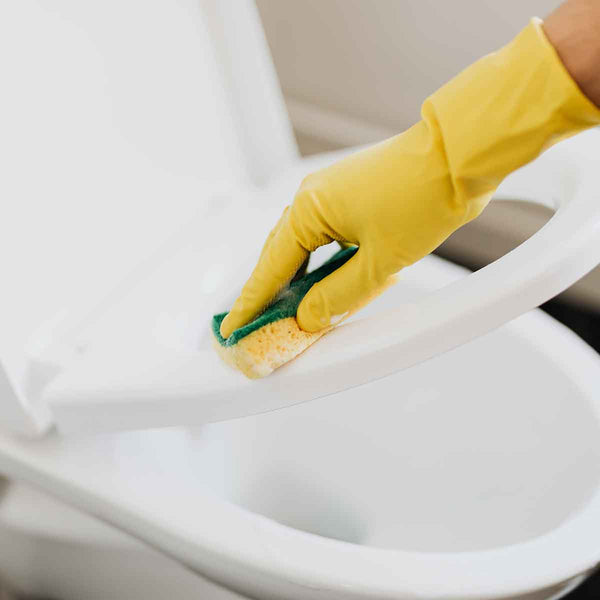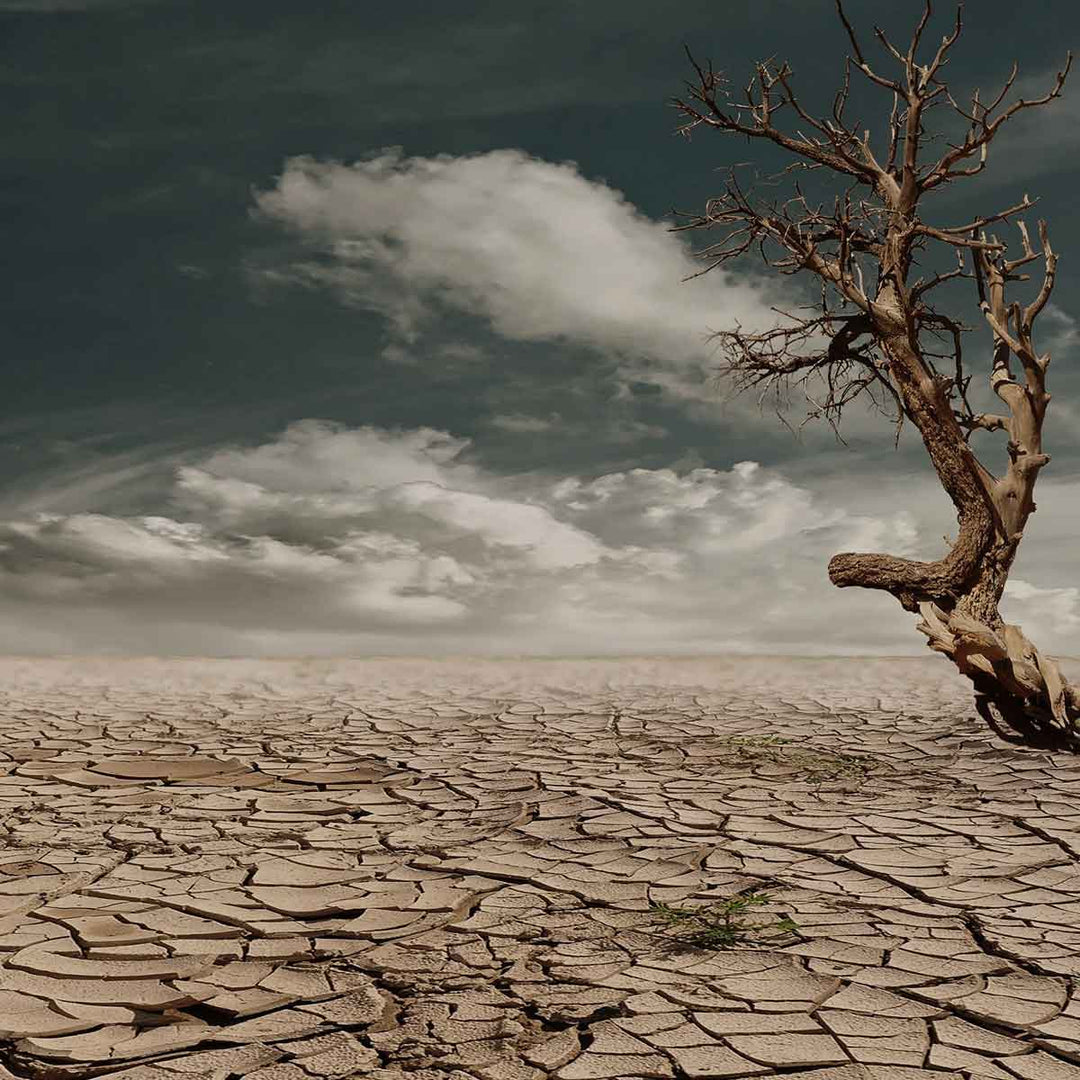Water Saving Methods for Children
What is Water-saving?
Water-saving techniques help to reduce the amount of water that is wasted and help to preserve this vital natural resource! With water scarcity being a reality for many regions all over the world, ensuring that every country and every person is doing their bit to reduce their impact when it comes to water wastage is incredibly important! As water is such a vital resource, teaching future generations the best way to preserve it is becoming more important than ever before and instilling good water-saving habits and techniques within every facet of life is the only way to ensure that water is used sustainably!
Why Does Water Save Matter For Us?
Water is a life-giving and necessary resource for every single living organism on earth, from the smallest plants to the largest animals, without it we cannot survive. To ensure that water is never a resource that we run out of, it is necessary that certain tactics and water-saving techniques become part of everyday life. Water is vital for life, and therefore it is important for every continent, country, city, town and person to reduce the impact of water wastage by using water-saving techniques to reduce the impact and amount of water that is very often wasted every single day!

Why Should We Teach Our Children to Save Water?
As future generations are the designers of our future, it is incredibly important that we teach them the best ways to live. With water being such a necessary part of life and water scarcity being one of the biggest issues of the 21st century, teaching our children the best ways to reduce their impact and save water will ensure that it is a natural resource that we do not run out of any time soon.
What Are The Water-saving Methods for Children?
There are tons of different methods to save water at home that we can instil in children to make sure that they are aware of the best practices and ways that they can save water. The following are a few water-saving tips and tricks that can be taught to children from a young age.

Shut Off The Faucet While Brushing Your Teeth
When brushing your teeth, you have the opportunity to save a ton of water by just simply switching off the tap while you are cleaning your teeth. The only water we need when brushing our teeth is at the beginning and end of the process, so switching the tap off while brushing is an easy way to save water! Instilling this in children from a young age will mean that it becomes a normal thing that they do, not just during childhood but also as they go into adulthood and have their own children whom they will also teach this water-saving tactic to!
Make Sure Water Taps are Completely Turned Off
At one time or another, we have all been guilty of not ensuring that a water faucet is not completely turned off after having used it. While we may just assume that only a little bit of wastage has occurred, a leaky tap that has not been properly switched off can lead to a lot of water being wasted, especially if it takes a long time to notice that it is leaking. Instilling good habits in children and making sure that they know to turn taps tightly after having used them can ensure that instances of unnecessary waste from leaky taps do not occur.

Don’t Use The Toilet as a Garbage Bin
Very often, children are not fully aware of what can and cannot be thrown into the toilet and ensuring that they are taught that only toilet paper can be disposed of is a great way to ensure that toilets do not get clogged and overflow. A clogged or overflowing toilet can lead to a ton of water being unnecessarily wasted so instilling good toilet etiquette and practices can be a way to ensure that this does not happen in your home or even at school!
Wash Your Bike With a Bucket And Rag
Instead of getting the hose pipe out and cleaning a bike with it, rather use a bucket and a rag to clean! Using a hosepipe can waste a lot of water, and more of the water that is used is wasted by landing up on the street, grass or gravel than actually goes into cleaning a bike. Using a simple bucket of water and cleaning a bike with a rag will ensure that the bike is cleaned perfectly while also saving water through the process!

Take Speedy Showers
Showering is an activity that is instilled in children from a young age and ensuring that you emphasise the importance of taking quick showers is vital when it comes to education around water. Showing is an activity that uses up tons of water, and taking long showers is extremely wasteful! Giving children set times over how long they should shower can create normalised and quick times around how long a shower should take!
Have a Special Water Cup or Bottle
Water wastage can be accidental, and children that do not have specific cups or bottles that they drink water out of may waste water unnecessarily. Having specific cups that children use to drink water out of can ensure that they know which water is theirs and whether or not they need to refill their specific cup or bottle!
What Are The Benefits of Teaching Water-saving Methods To Children?
Children are the future, and the water-saving methods and tactics that we use to teach them about water will shape the way that they, and future generations, use this natural resource. Instilling the importance of saving water will lead to lifelong norms that can greatly impact how water is used and saved! Teaching your children how to save water will instil a lifelong appreciation for this vital natural resource and coming up with new and inventive water-saving ideas and tips can be a great way to teach children about the importance of water-saving!













